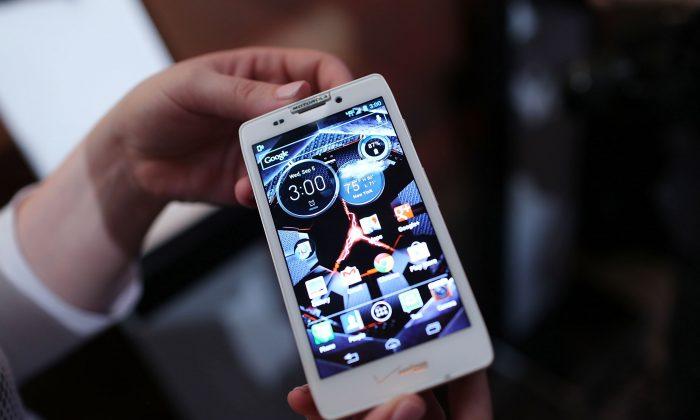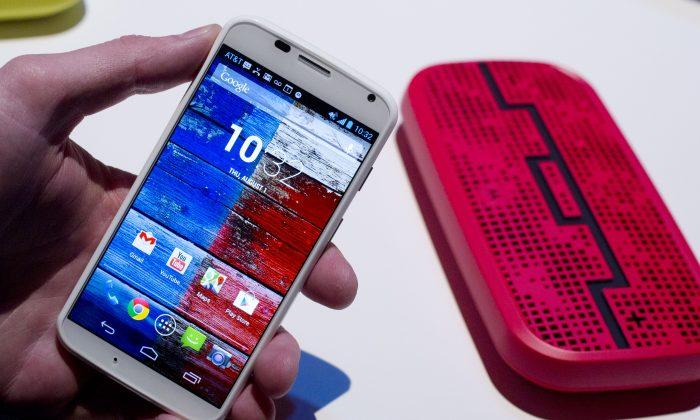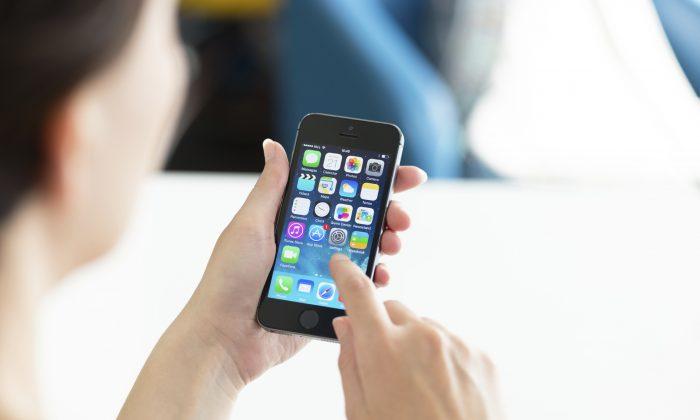Google knows Android has a reputation for not being the most secure platform around, which may be why it decided this week to help out Android users by posting a list of four essential tips for making their devices more secure. While some of these tips may be obvious for power users, they nonetheless contain some very useful information that newcomers to the platform should know.
FROM EARLIER: Ghostface Killah slaps ‘Pharma Bro’ Martin Shkreli silly, and it’s a thing of beauty
First, Google says all Android users should buy all their apps through its official Google Play Store. The Play Store isn’t perfect since we’ve seen plenty of shady apps get approved for sale on it in the past, but it’s nonetheless a safer place to pick up apps than any third-party stores out there.
Next, Google recommends learning how to use Android Device Manager, the program that will let you locate, lock or remote wipe your phone if it gets stolen. If you haven’t done so already, you can enable Android Device Manager by following the steps at this link. Similarly, you should also make sure to enable encryption on your phone, which you can turn on by opening up Settings, going to Security and then tapping Encrypt Phone.
Finally, Google says you should use Android 6.0 Marshmallow’s ability to manage app permissions to decide what parts of your device different apps can access. The problem with this is, of course, that barely more than 1% of Android devices run on Marshmallow right now so if you have a device that doesn’t have the latest software, you’re out of luck.
While these practices won’t completely secure your Android device, they will make it more difficult for hackers and thieves to compromise. Check out more detailed explanations of them at this link.
This article was originally published on BGR. Read the original article.





Friends Read Free